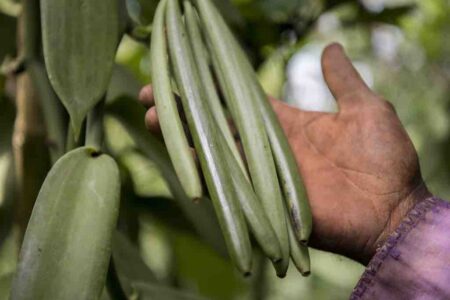Ukraine-based Roshen confectionery raises operating capital by 33%

Roshen’s Kyiv-based Ukraine confectionery facilities are reportedly set to benefit from a move aiming to bolster its financial position by raising authorised capital level by 33% to a total of 2 billion UAH (Hryvnia) £37 million, writes Neill Barston.
The announcement, reported by Ukrainian News, is being undertaken in the wake of improved fortunes for the overall business, which last year reported net profits of 11 million UAH (£210,000), despite being impacted by an ongoing conflict with Russia.
Notably, the move was made possible by the issuing of additional shares in the company, as it seeks to cement its financial future amid the ongoing geopolitical crisis that has continued to unfold within the country’s borders, which were invaded two years ago.
As was reported locally, the Roshen Corporation has facilities in Kremenchuk, Vinnystia and in Kyiv, as well a further production plants in Lithuania and Hungary. It also held a sole facility in Russia, in Lipetsk, which has now reportedly been claimed by the country’s government, after production was said to have came to a halt there in 2017 amid operational issues that have seen the site lay dormant for the past 7 years
Moreover, as Confectionery Production previously covered, production at the Lipetsk confectionery factory started to fall in 2013. This was said to be due in part to a ban by Rospotrebnadzor on imports of Roshen’s Ukrainian products to the Russian Federation.
The wider business is active in a total of more than 55 international countries with its exports, having previously appeared in ‘top 30’ candy producing listings, with its premium brand ranges having featured at key ISM events in Cologne, as well as ISM Middle East.
Its range of product lines spans chocolate and jelly sweets, as well as caramel, toffee, bars, biscuits, wafers, cakes and marshmallows among others.
According to the company’s website, it presently produces more than 350 confectionery items, with a total production running into 300,000 tonnes per year.



